Muslims May Become America’s Second-Largest Religious Group By 2040, Pew Reports
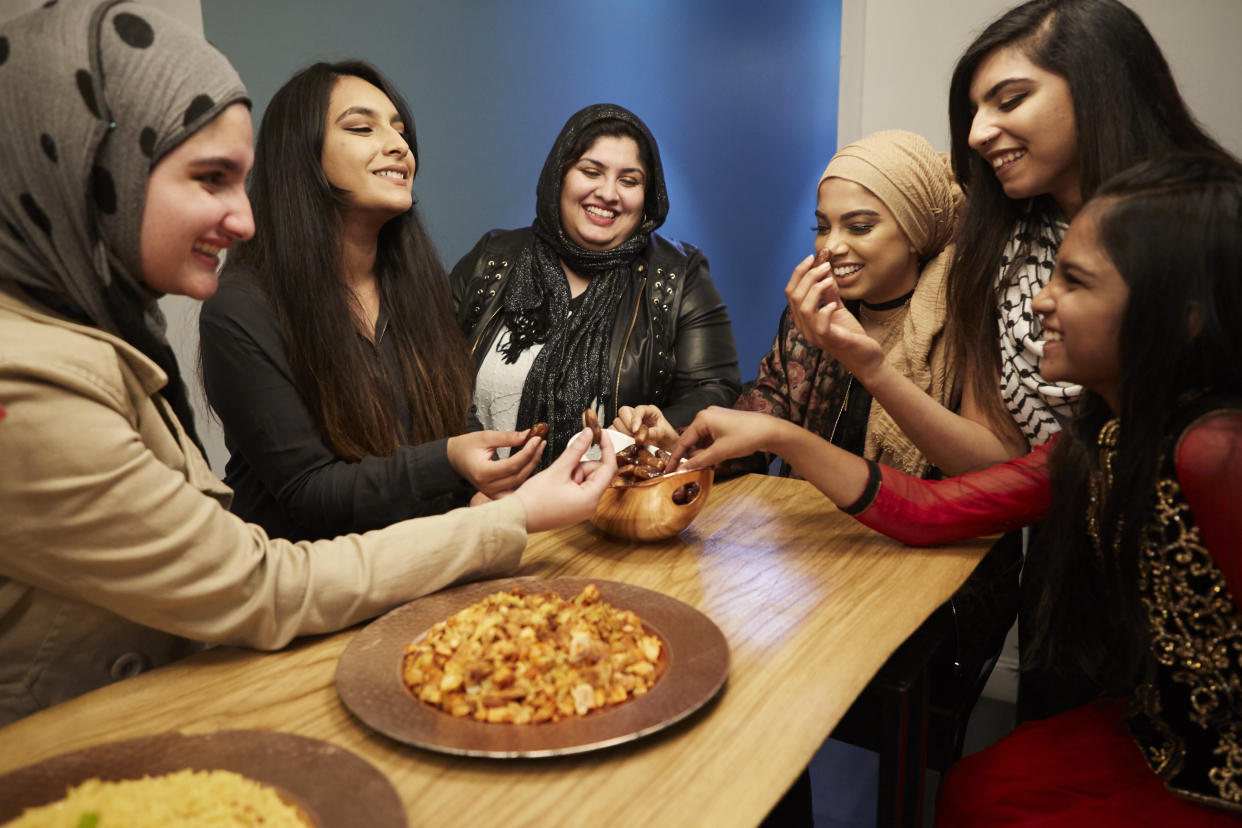
America’s Muslim population is growing at a steady rate ― so much so that Muslims are projected to one day outpace Jews as the country’s second-largest religious group.
New estimates from the Pew Research Center show that there were about 3.45 million Muslims of all ages living in the U.S. in 2017. Combining data from a 2017 Pew survey of U.S. Muslims and from the Census Bureau, the research center found that Muslims make up about 1.1 percent of America’s total population.
Muslims have been part of America’s religious landscape since the country’s founding. The first wave of Muslims arrived in the U.S. as slaves, many of whom were later forcibly converted to Christianity.
Pew first began collecting estimates about the size of the country’s Muslim population in 2007. Since then, the religious group appears to have grown at a rate of about 100,000 per year, fueled by high fertility rates and continued migration to the U.S.
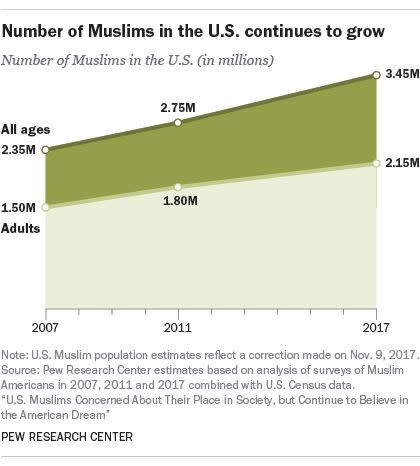
Pew projects that the Muslim population will grow faster than America’s Jewish population. In early 2017, Pew reported that Jews accounted for about 2 percent of the U.S. adult population. They are currently the second-largest religious group. Pew predicts that by 2040, Muslims will become the second-largest religious group. By 2050, the American Muslim population is projected to reach 8.1 million, or 2.1 percent of all Americans.
Despite American Muslims’ fast rate of growth, it is important to note that they will continue to be a religious minority in an overwhelmingly Christian country. Pew’s 2014 landmark Religious Landscape Survey showed that Christians made up a whopping 70.6 percent of the U.S. adult population. On the other hand, non-Christian faiths, including Jews, Muslims, Buddhists, Hindus and others, only made up about 5.9 percent.
Also on HuffPost
The Hijab
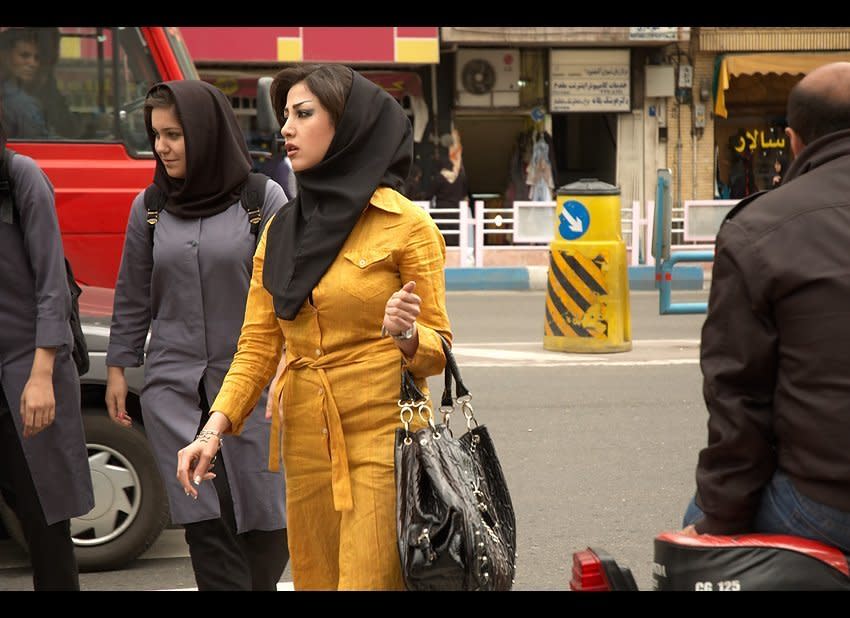
Hijab in Action
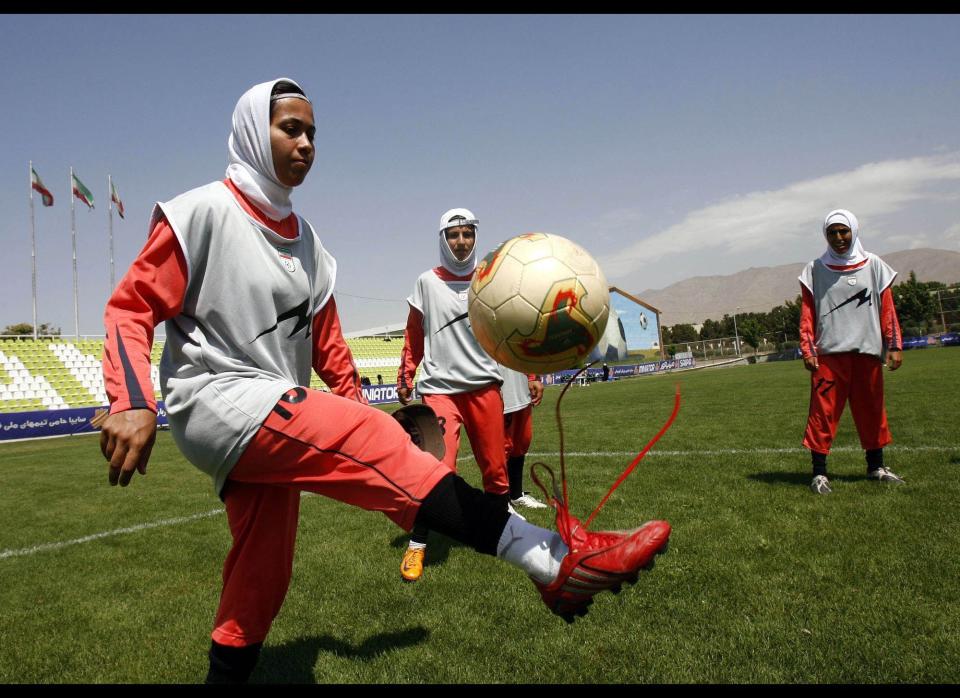
Sheila & Abaya
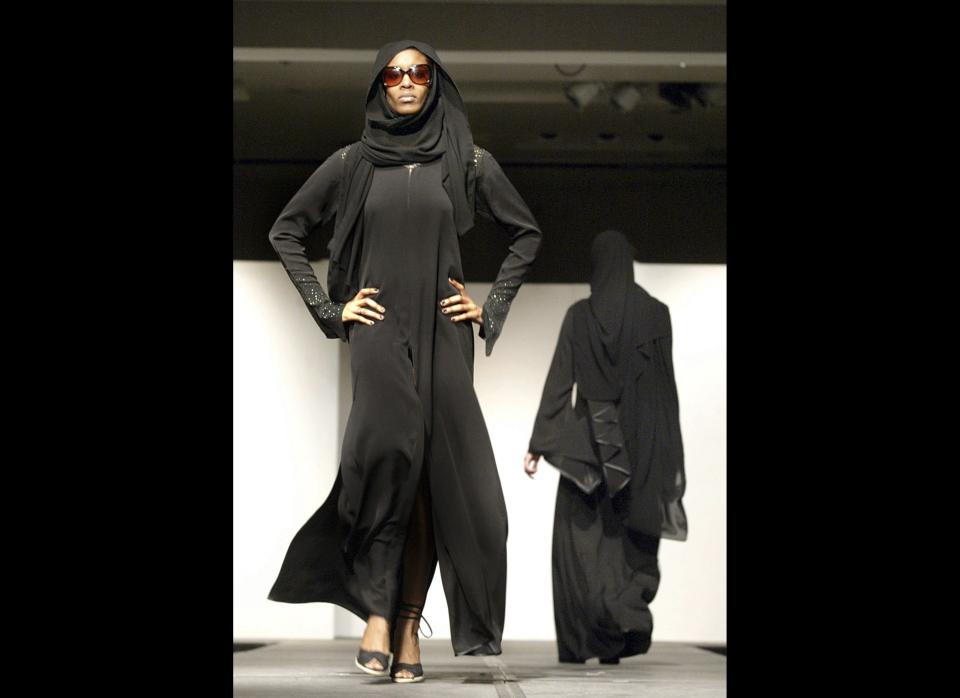
The Niqab
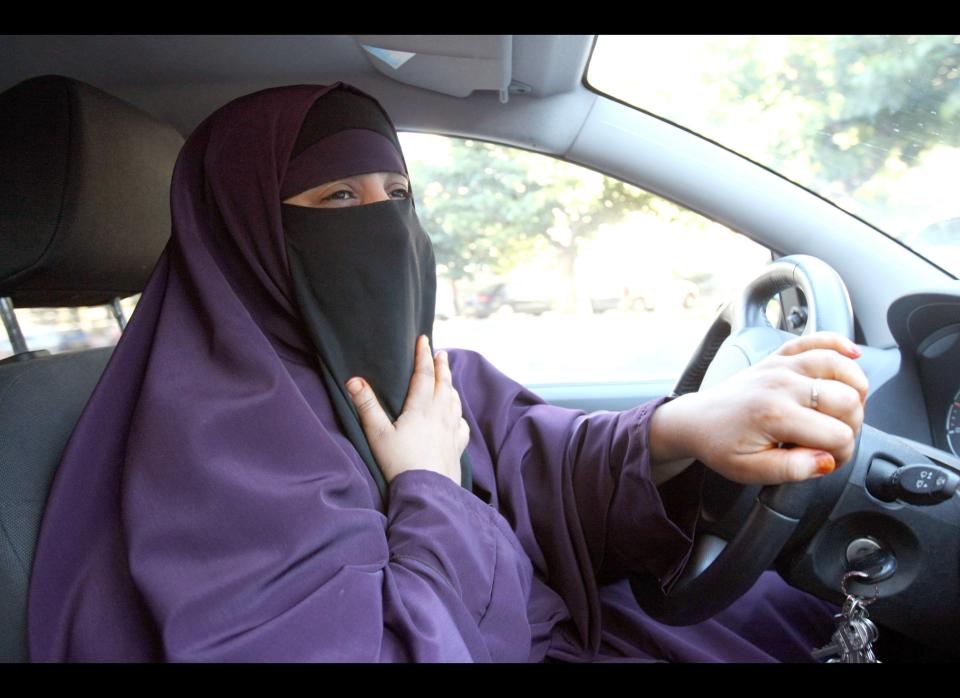
The Batula
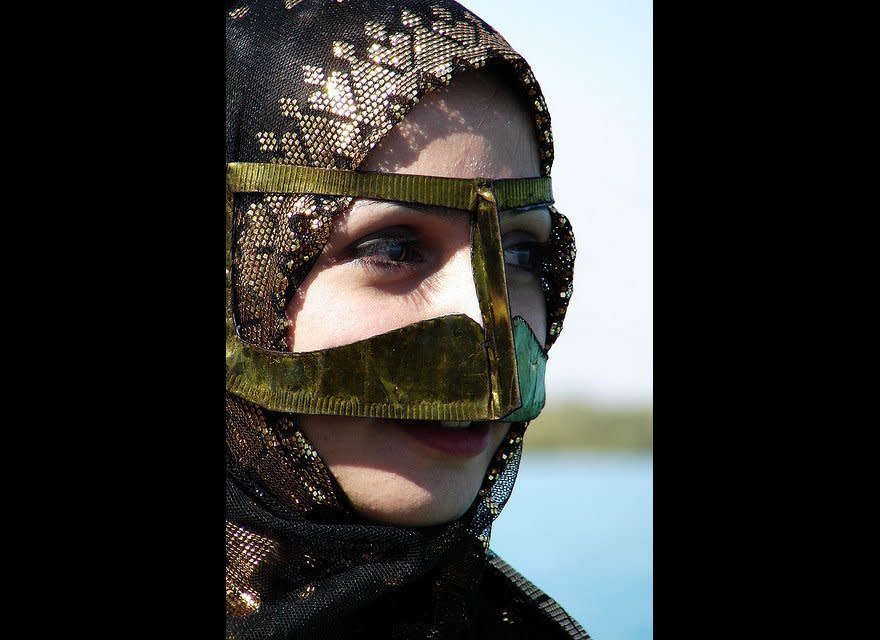
The Burqa
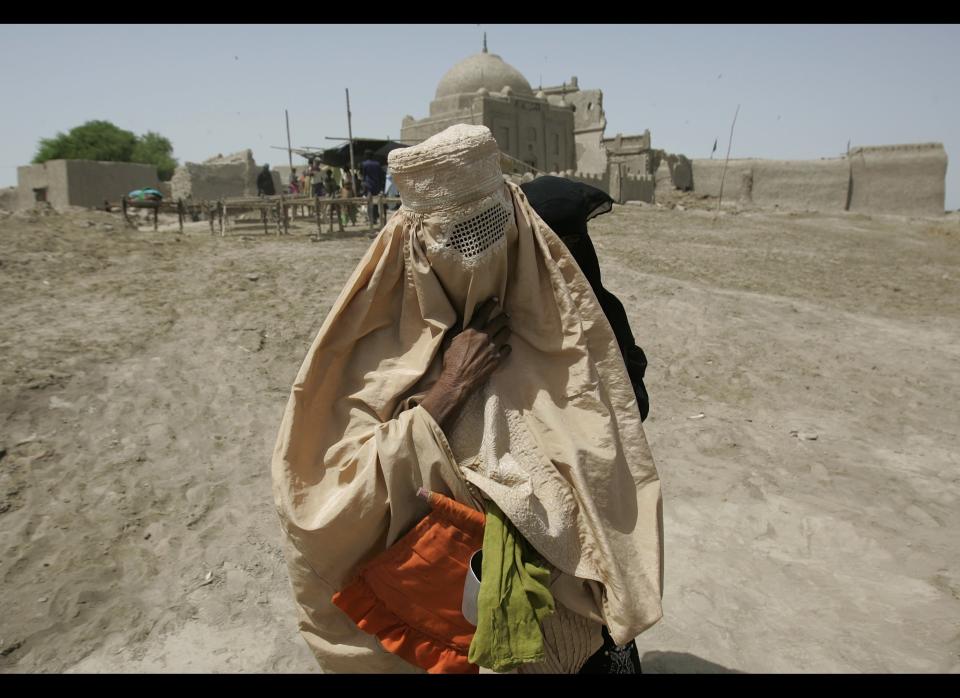
Burqas & Bicycles

Doa Gaun
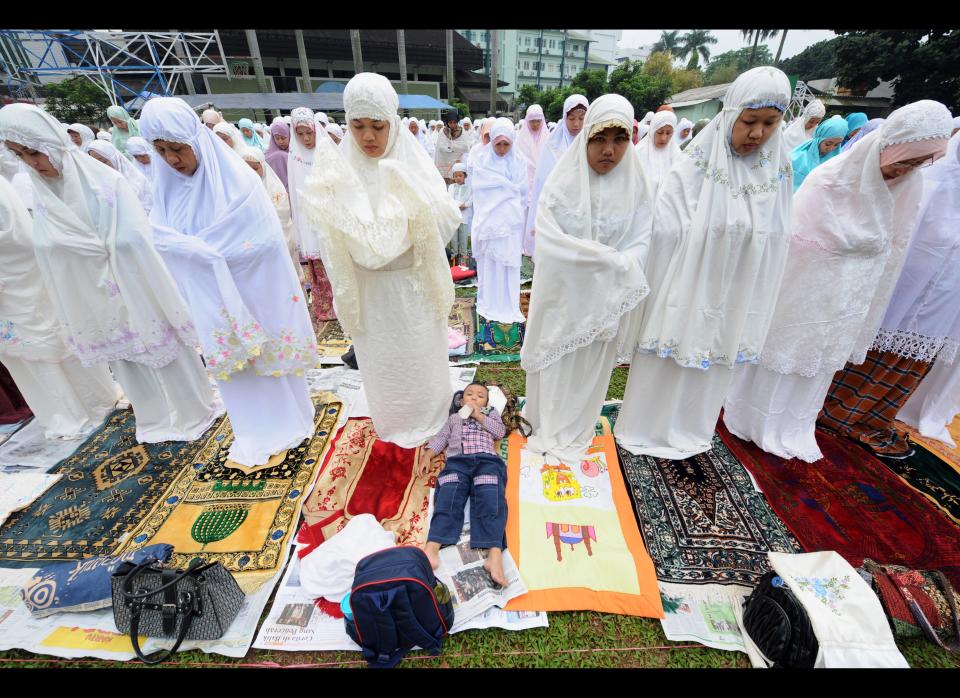
The Chador
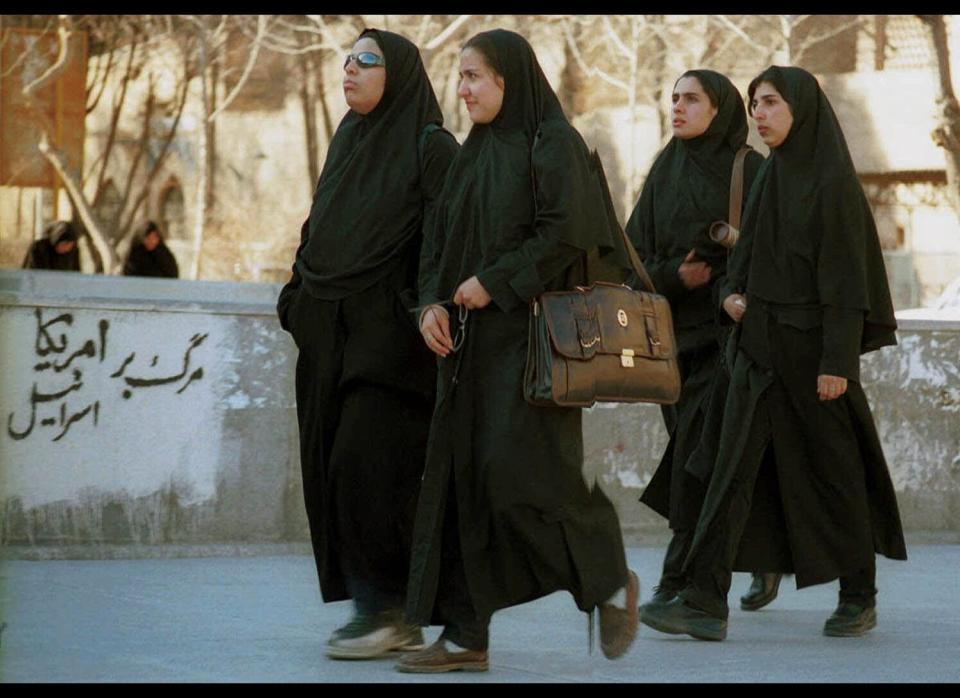
The Birquini
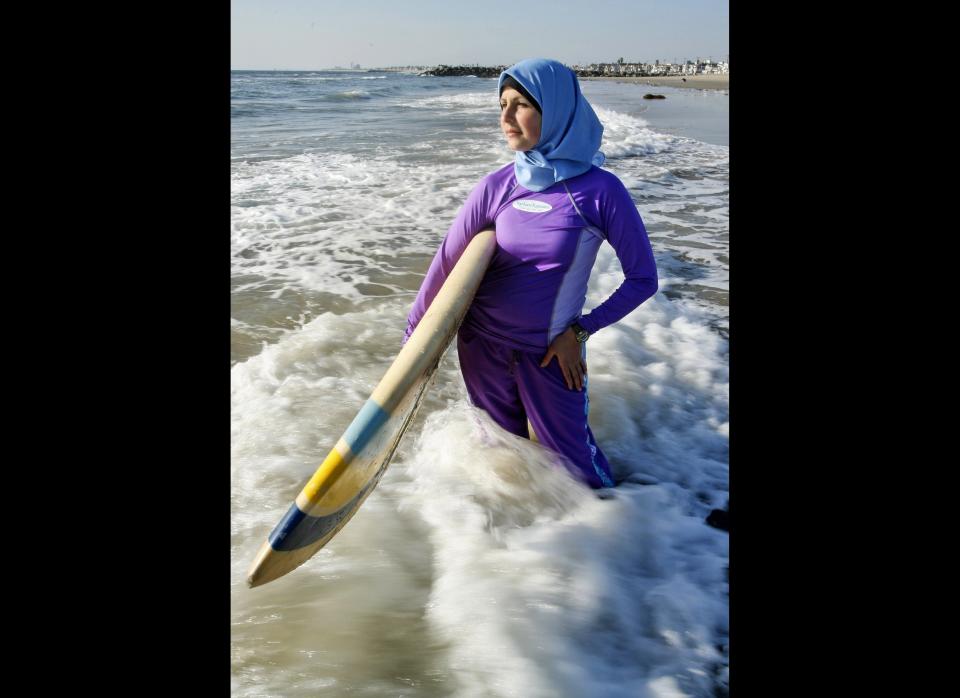
Baywatch: Abu Dhabi

Love HuffPost? Become a founding member of HuffPost Plus today.
This article originally appeared on HuffPost.

